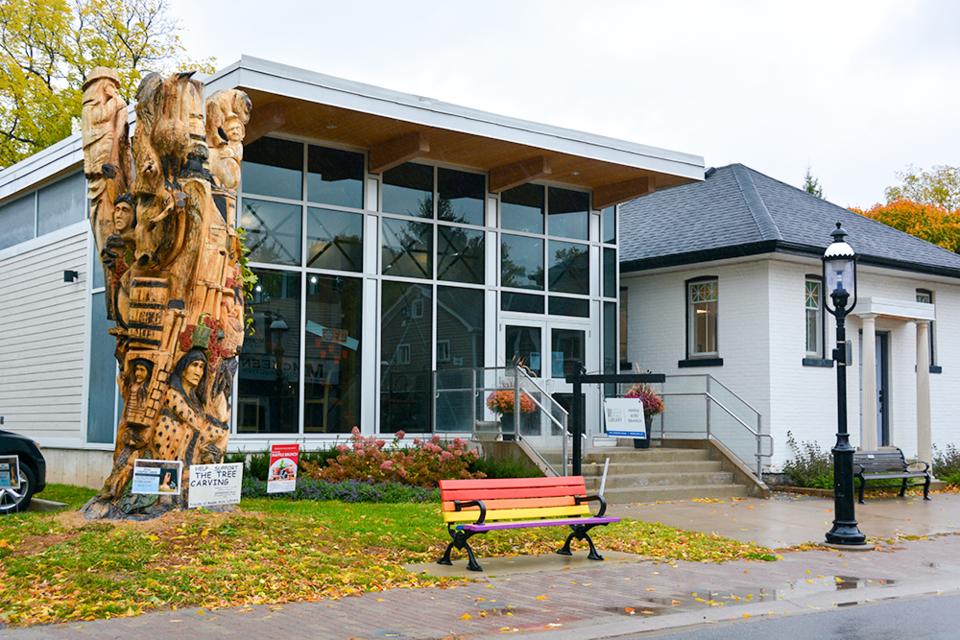BY ROSEMARY CHAMBERS and CAROLYN BOTARI Special to the Voice
This year, the Remembrance Day display at the Maple Acre Library branch, in Fenwick, will feature a treasure trove of correspondence found in a beautiful wooden box at Fenwick United Church.
In March 1944, The Official Board of Fenwick United Church decided to send letters to the men and women of the church as a measure of respect and tangible evidence that they were being remembered and prayed for.
The box contained copies of letters Rev. James Hampson sent out to members of Fenwick United Church, Salem United Church, and Fork’s Road United Church, as well as correspondence received from veterans stationed throughout Europe, including in Italy, Belgium, France, and Holland.
Also included was a poignant letter from Margaret Tuck regarding a memorial service for Jack, a newspaper clipping of Flying Officer Byard Boyes’ recounting his adventures after being forced down in Albania, the obituary of Flight Officer Paul Tokar, and a Commission for Flight Sergeant Edward W. Ker.
The collection will be on display at the Maple Acre branch until the last week of November.
Meanwhile, in Fonthill, a whole different animal, so to speak.
They were messengers, spies and sentinels. They led cavalry charges, carried supplies to the front, and died by the millions during World War I. And for decades the horses, mules, dogs, pigeons, camels, elephants, and other animals were overlooked and forgotten for the vital roles they played in the war effort. Some 100,000 dogs, 200,000 pigeons, 10 million horses and mules—more than 16 million animals in total were enrolled in the war effort.
The Pelham Historical Society has put together a display at the Fonthill Library to recognize the role animals played in the Great War.
The display also features information on the Purple Poppy Campaign. First issued in 2006 in the UK, the purple poppy was designed to replicate the red poppy and commemorate the service of animals during wartime. The purple poppy campaign is a complimentary poppy to the red poppy of the Royal Canadian Legion. It is a way for people to recognize the significant loss of animal life during war that is not represented in symbol or ceremony of the red poppy.



